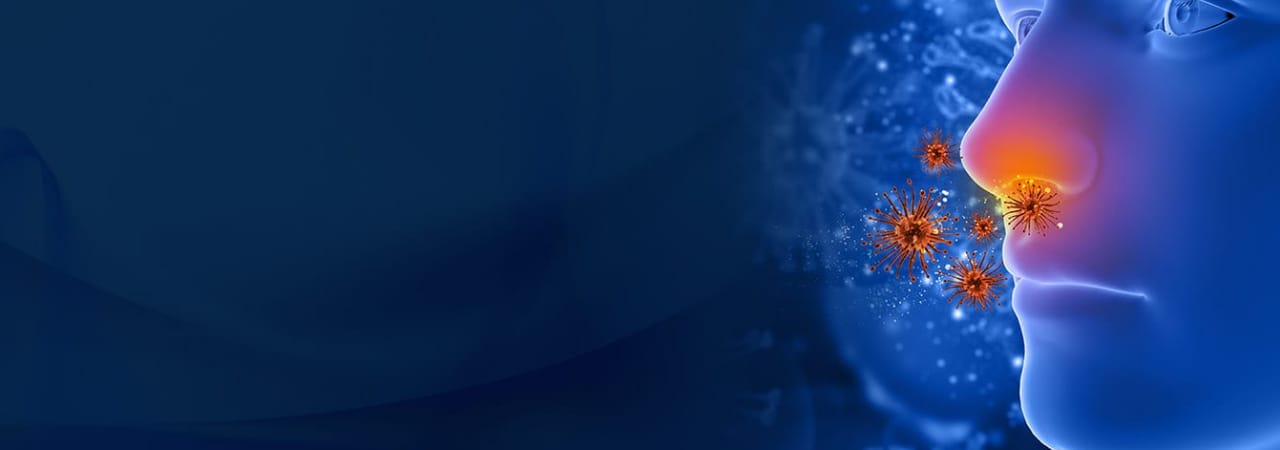Ionization (UV/Anion)
Ionization filtration, also known as ionization purification or ionizer technology, is a method used to improve indoor air quality by emitting ions into the air. These ions can either attach to airborne particles and pollutants, making them easier to capture, or they can help neutralize certain types of contaminants. There are two main types of ionization filtration: negative ion generators and bipolar ionization.
Negative Ion Generators:
Negative ion generators, also called ionizers, release negatively charged ions into the air. These ions attach to positively charged particles, such as dust, pollen, pet dander, and smoke, making them heavier and causing them to settle on surfaces or get captured by filters more effectively. The process of attaching ions to particles is called ionization.
While ionizers can help reduce the presence of airborne particles, they are not as effective as other filtration methods like HEPA filters at removing fine particles and microorganisms. Some concerns have also been raised about potential ozone generation as a byproduct of ionization, which can affect air quality and human health.
Bipolar Ionization:
Bipolar ionization is a more advanced form of ionization technology. Unlike traditional ionizers that release only negative ions, bipolar ionization releases both positive and negative ions into the air. These ions interact with pollutants, pathogens, and odors, causing them to clump together or become inactive. This process is thought to neutralize or reduce the harmful effects of certain contaminants.
Bipolar ionization is often used in HVAC (heating, ventilation, and air conditioning) systems to treat the air throughout a building. It's claimed to be effective against viruses, bacteria, mold, and volatile organic compounds (VOCs). However, the effectiveness can vary based on factors such as ion density, airflow, and the type of contaminants present.
It’s important to note that while ionization technology can have some benefits in improving indoor air quality, it also has limitations and potential drawbacks:
Particle Capture: While ionization can help particles clump together, the effectiveness of capturing fine particles like allergens and pollutants may be limited compared to HEPA filtration.
Research and Regulation: The effectiveness and safety of ionization technologies can vary widely. It’s important to look for products that have been independently tested and certified by reputable organizations. Regulations and standards regarding ionization technology can also differ depending on the region.
Contact our Free Advice Line

